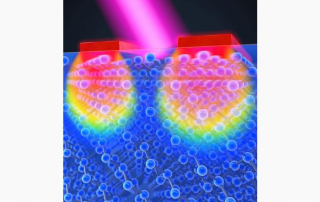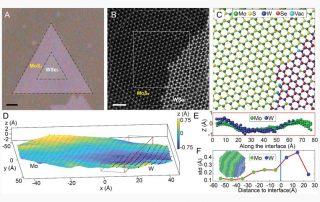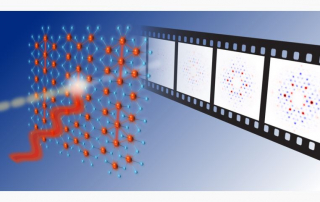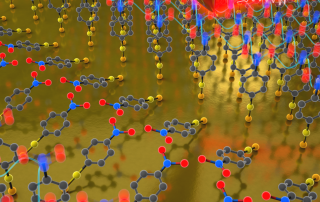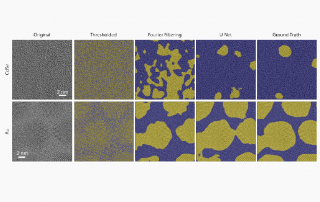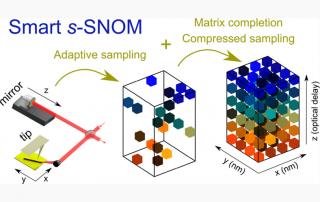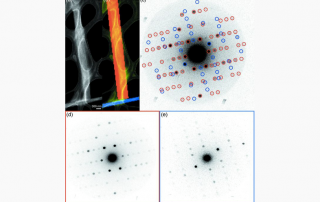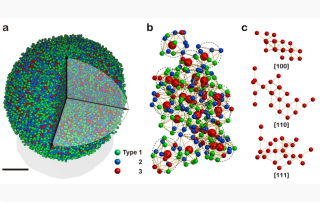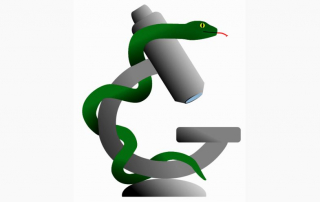Cool it: Nano-scale discovery could help prevent overheating in electronics
A team of physicists and engineers at CU Boulder have solved the mystery behind a perplexing phenomenon in the nano realm: why some ultra-small heat sources cool down faster if you pack them closer together. The research began with an unexplained observation: a team led by Margaret Murnane and Henry Kapteyn at JILA were experimenting with metallic nanolines on a silicon substrate that when heated with a laser, something strange occurred. Nanoscale heat sources do not usually dissipate heat efficiently. But if you pack them close together, they cool down much more quickly.
Now, the researchers know why it happens. The team joined forces with a group of theorists led by Mahmoud Hussein in Aerospace Engineering Sciences to use computer-based simulations to track the passage of heat from their nano-sized bars. The simulations were so detailed that they could follow the behavior of each and every atom in the model—millions of them in all. They discovered that when they placed the heat sources close together, the vibrations of energy (called phonons) they produced bounced off each other more efficiently when other heat sources were nearby, scattering heat away and cooling the bars down.
The group’s results highlight a major challenge in designing the next generation of tiny devices, such as microprocessors or quantum computer chips. When you shrink down to very small scales, heat does not always behave the way you think it should.
